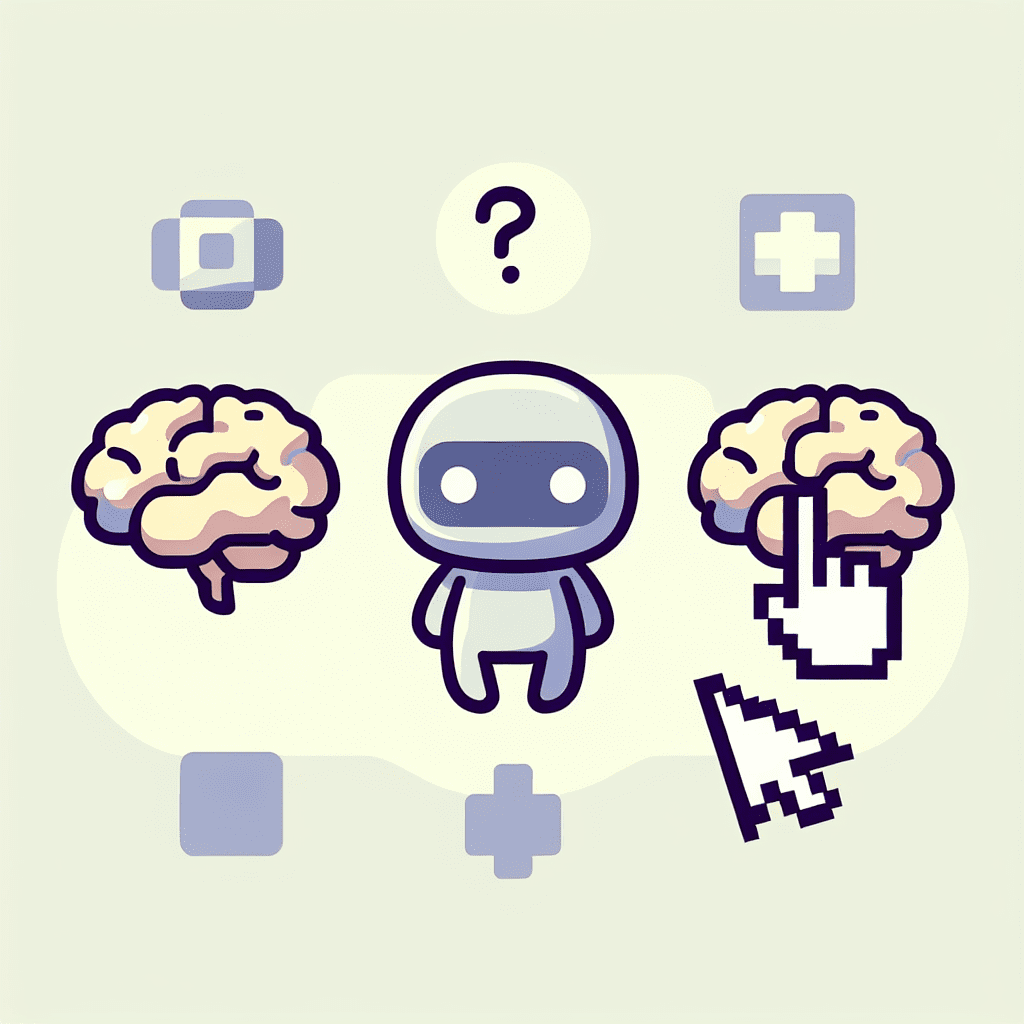Why neuroscience and AI content preferences are converging to reshape digital strategy
Marketers have already made peace with the idea that they’re not just writing for people; they’re writing for algorithms too. But now, something weirder is happening—the gap between what works on humans and what works on machines is starting to close. This week, two standout stories—one from HubSpot,
one from Ahrefs—are pointing to the same conclusion. If you want people to click, and if you want AI to recommend your stuff, you need content that’s emotionally sticky, cognitively easy, and—here’s the kicker—fresh.
Let’s start with the humans
HubSpot’s latest piece on behavioral science pulls data from neuroscience to remind us of something we already suspect: most buying decisions aren’t rational. They’re subconscious. Up to 95 percent of them, in fact, happen below the surface. That means marketers who focus only on logic or features are missing the point. The brain wants shortcuts. It likes familiarity, emotional triggers, and social proof. Think faces, not icons. Think testimonials, not specs.
This isn’t fluffy UX advice; it’s limbic-system-level stuff. The limbic brain is where we process trust, reward, and gut feelings. And it turns out, that’s where the real conversion magic happens. So if your landing page feels like a spreadsheet or your CTA reads like a legal disclaimer, you might be losing people before they even know why.
Now, flip the coin
Ahrefs just dropped a study looking at how AI assistants like ChatGPT and Perplexity cite sources. They analyzed 17 million citations. That’s a lot of bots doing a lot of reading. And what they found was pretty clear: AI prefers recent content. On average, the URLs cited by these assistants were over 25 percent newer than what shows up in
traditional Google results.
ChatGPT, in particular, is showing a strong recency bias. Google’s AI Overviews? A bit more nostalgic. Still, the pattern holds. If your content is old, it’s probably invisible to AI. That means your evergreen post from 2019 might not be as evergreen as you thought. Updating it could be the difference between getting cited or getting buried.
But don’t get too excited about freshness alone. The study also points out that quality still matters. Relevance still matters. AI isn’t just gobbling up the newest thing on the internet; it’s picking content that’s clear, credible, and emotionally resonant. That should sound familiar.
So here’s where it gets interesting
If you’re writing for both brains and bots, you’re basically aiming at the same target. The content that works for people—because it’s easy to process, emotionally engaging, and up-to-date—is also the content that gets surfaced by AI. That overlap is growing fast. Large language models are being trained to mimic human reasoning. They’re learning what we like, what we trust, and what we ignore. And they’re rewarding the same things your customers are.
You’re not choosing between people and search engines. You’re creating clarity that resonates with both.
Further reading
- Ahrefs asks: What Makes a Keyword “AI Proof”? Turns out, some queries are more resistant to automation than others. If you’re chasing long-term traffic, this one’s worth a read.
- HubSpot’s new guide on How to Start a Blog That Converts is surprisingly current. Yes, it still talks about SEO and CTAs, but it also leans into emotional storytelling and content clarity.
- Still fiddling with Google’s free SEO tools? Ahrefs breaks down what each one actually does, and when it might be time to pay for something stronger.
That’s it for today, folks.
Catch you in the next post.
Until then, keep building.
– Perfect Sites Blog

